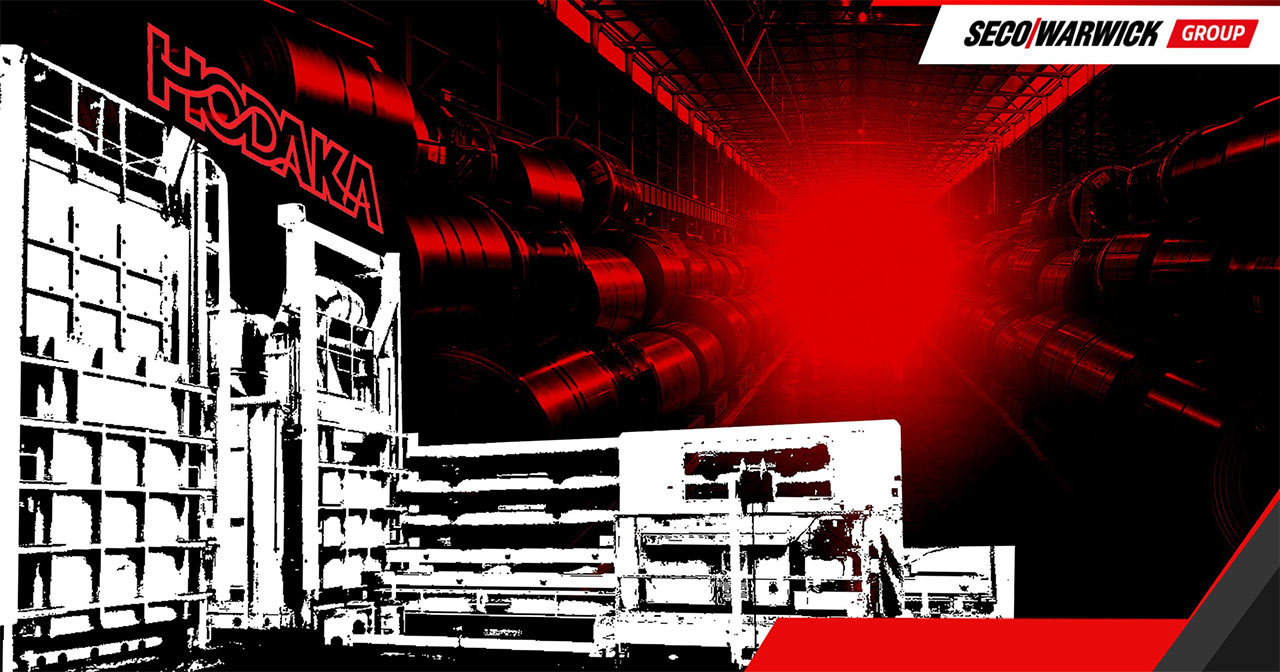
In the global heat treatment market, for years, SECO/WARWICK has enjoyed a leading position in terms of design and delivery of CAB (Controlled Atmosphere Brazing) furnaces, which are also used for the brazing of aluminum. At the moment, the company is broadening its scope of support for the producers of aluminum heat exchangers by offering a new vacuum product, VAB (Vacuum Aluminum
Brazing).
Although both CAB and VAB furnaces are used for the brazing of aluminum, it takes place in completely different processes and are meant for other alloys. While coming into contact with air, aluminum is covered with a layer of oxides, therefore in each process of aluminum brazing the first step consists of removing the oxidised layer that prevents the brazing process. The factor responsible for removing oxides in CAB furnaces is the non-corrosive flux, which additionally moistens the surface and facilitates filling in the connections with the liquid alloy of a binder (an alloy of aluminum and silicon with a lower melting temperature). The flux also protects aluminum against reoxidation. The temperature the process takes place in is around 565- 570oC in the protective atmosphere of nitrogen.
In the vacuum brazing process (VAB), the magnesium included in the aluminum alloy is necessary to remove the oxidised layer. In the temperature between 510-551oC, the particles of magnesium start migrating towards the surface of an alloy and change from a solid state into a gas state. During the process, magnesium captures oxygen particles and further removes oxides from the surface and
creates magnesium oxides. To ensure that the process of tearing the oxidised layer is correct, the pressure in the furnace chamber must reach the vacuum level of 10-5mbar at this particular moment.
This is the major difference between the processes in CAB and VAB furnaces, and consequently between the systems themselves.
A question arises: Why are two different processes needed?
There are a couple of reasons. The VAB is supported by the fact that the process requires alloys of aluminum and magnesium which cannot be brazed in CAB furnaces. These alloys are far more resistant, which is of key importance for some applications (e.g. the aviation industry). An additional advantage is the lack of remains of flux after the brazing process, which constitutes an important
problem in some systems (e.g. cooling systems for oil in the engine). On the other hand, the process itself as well as CAB lines are more efficient, and consequently cheaper. Therefore, in the mass production of aluminum exchangers, where the alloys of aluminum and magnesium are not required and the remains of flux are acceptable, this strategy is the dominant one. Thus by offering both the
CAB and VAB furnaces, we complement ourselves in the delivery of devices for the global market of aluminum brazing.


